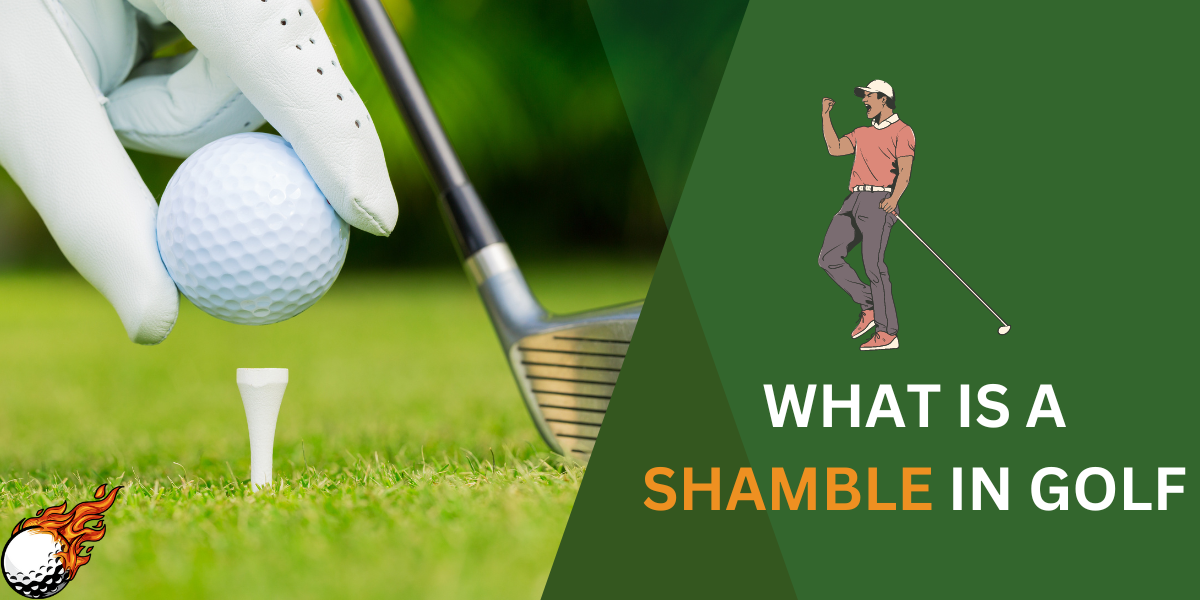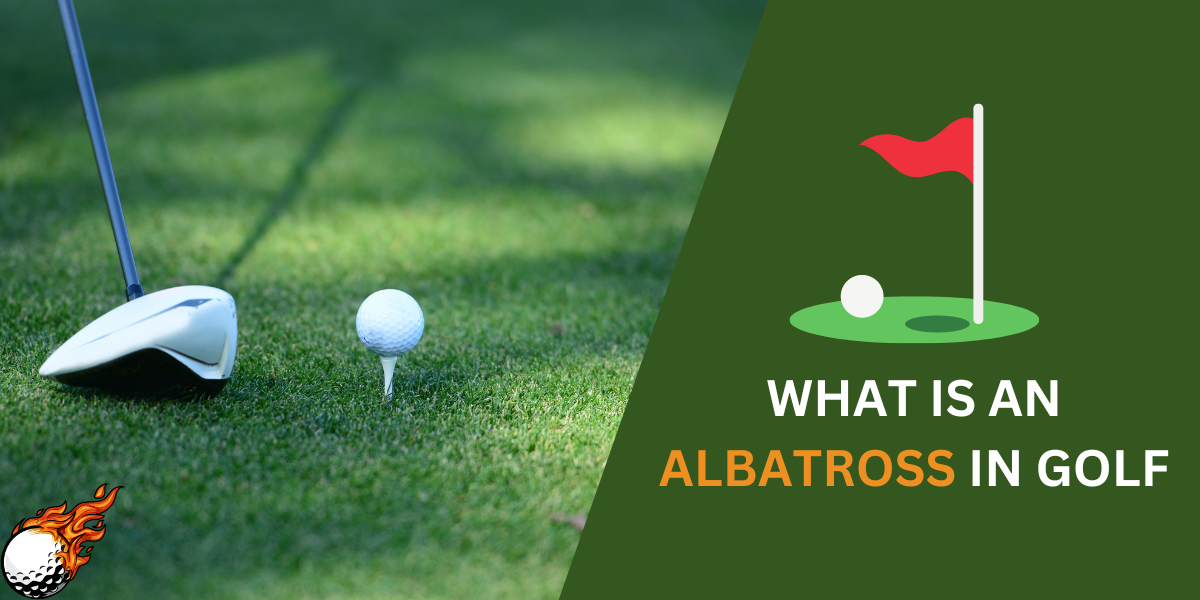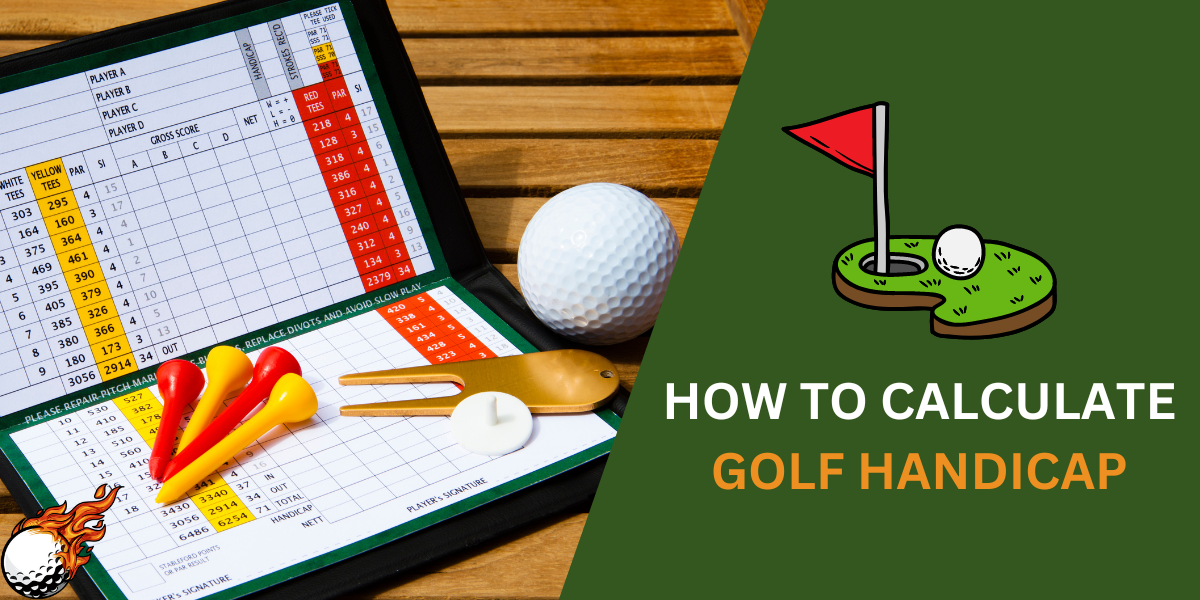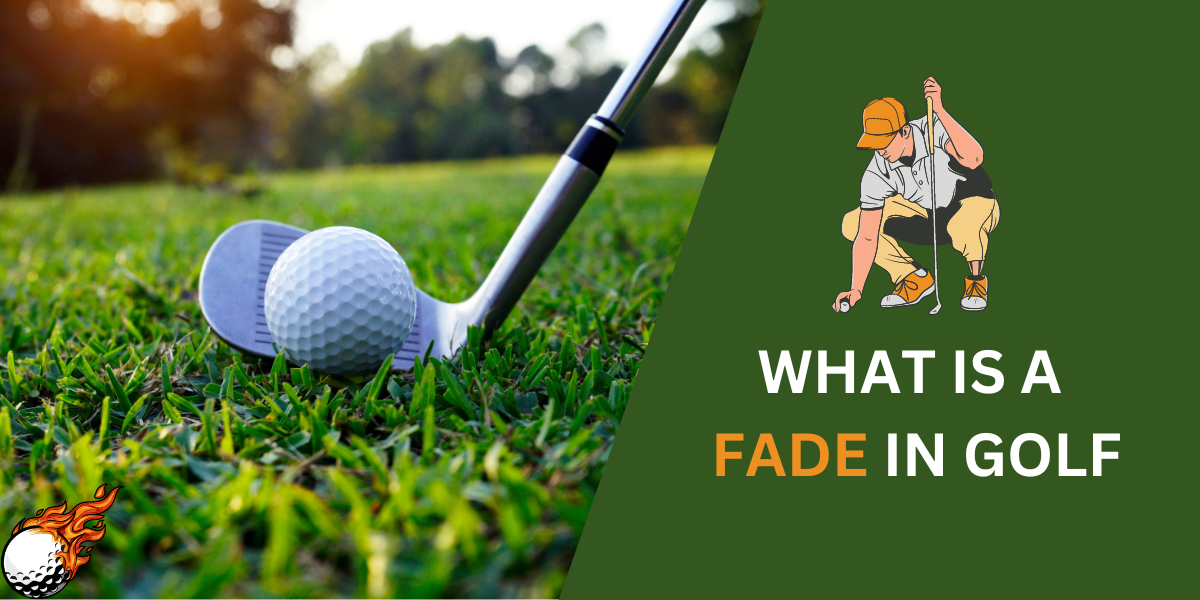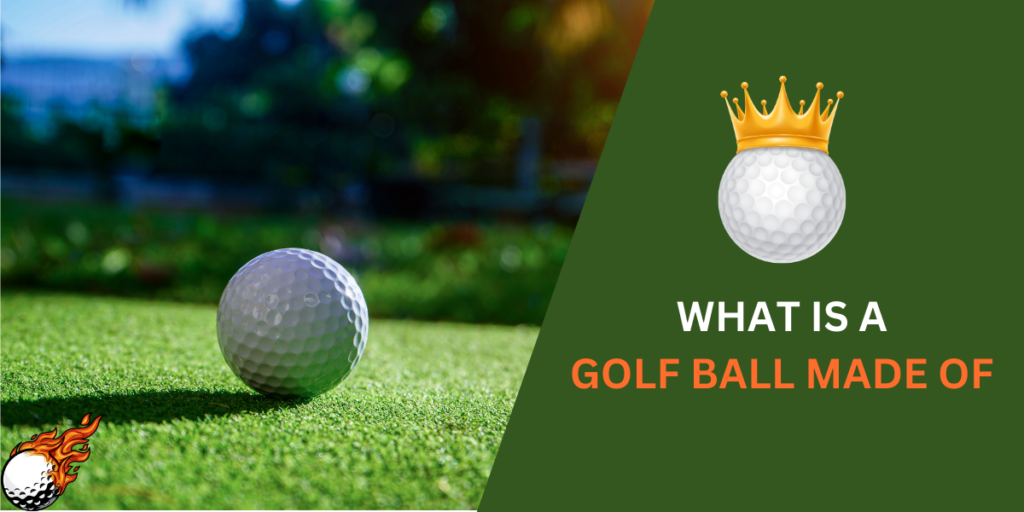
Have you ever smacked a golf ball and wondered what’s inside?
It’s not just a plain white ball!
Modern golf balls are like tiny machines, built with special stuff that makes them fly far and spin just right.
Understanding the construction of a golf ball is not just a fun fact; it’s a game-changer.
It can guide you in selecting the perfect ball that complements your game.
Choosing the wrong ball can significantly increase the difficulty of your shots!
Let’s crack open a golf ball and see what all the fuss is about.
We’ll look at the core, the layers, the cover, and even those weird dimples. By the end, you’ll know exactly how golf ball design affects your swing.
Golf balls aren’t as simple as they look!
- Core: The heart of the ball, usually a bouncy rubber material. It controls distance and some spin.
- Mantle Layers: Extra layers that fine-tune how much the ball spins, giving you control or distance.
- Cover: Soft urethane for spin and control, or tough Surlyn for durability and distance.
- Dimples: These aren’t just for looks! Dimples help the ball fly farther and straighter.
- Manufacturing: It’s a high-tech process with tons of testing to make sure each ball is perfect.
Bottom line: Picking the right golf ball can make a big difference in your game!
The Core (The Power Source)
Think of a golf ball’s core like the engine in a car.
It’s the powerhouse that makes the ball zoom down the fairway after a good swing with your golf club. But a golf ball’s core isn’t filled with gasoline; it’s usually a special kind of rubber.
Old-School Cores
Way back when, golf balls made with “wound golf ball” construction were the hottest tech. Manufacturers tightly wound thin rubber bands around a tiny core.
It was like making a bouncy ball, but it was way more complicated.
These wound golf balls could have been more durable, and they were tricky to make perfectly.
The Modern Core
Today, most modern golf balls have a solid rubber core.
Think of a super-bouncy ball, but way more high-tech!
This solid core is made of a cool material called polybutadiene (say that five times fast!).
It stores up the energy from your swing and releases it as the ball launches.
This is what influences how far the ball goes and how much it spins.
Core = Performance
Different cores make a big difference in golf ball performance.
Some cores are softer, helping the ball spin more for better control.
Others are harder, making them blast off for mega-distance.
It’s all about finding the right core to match your game.
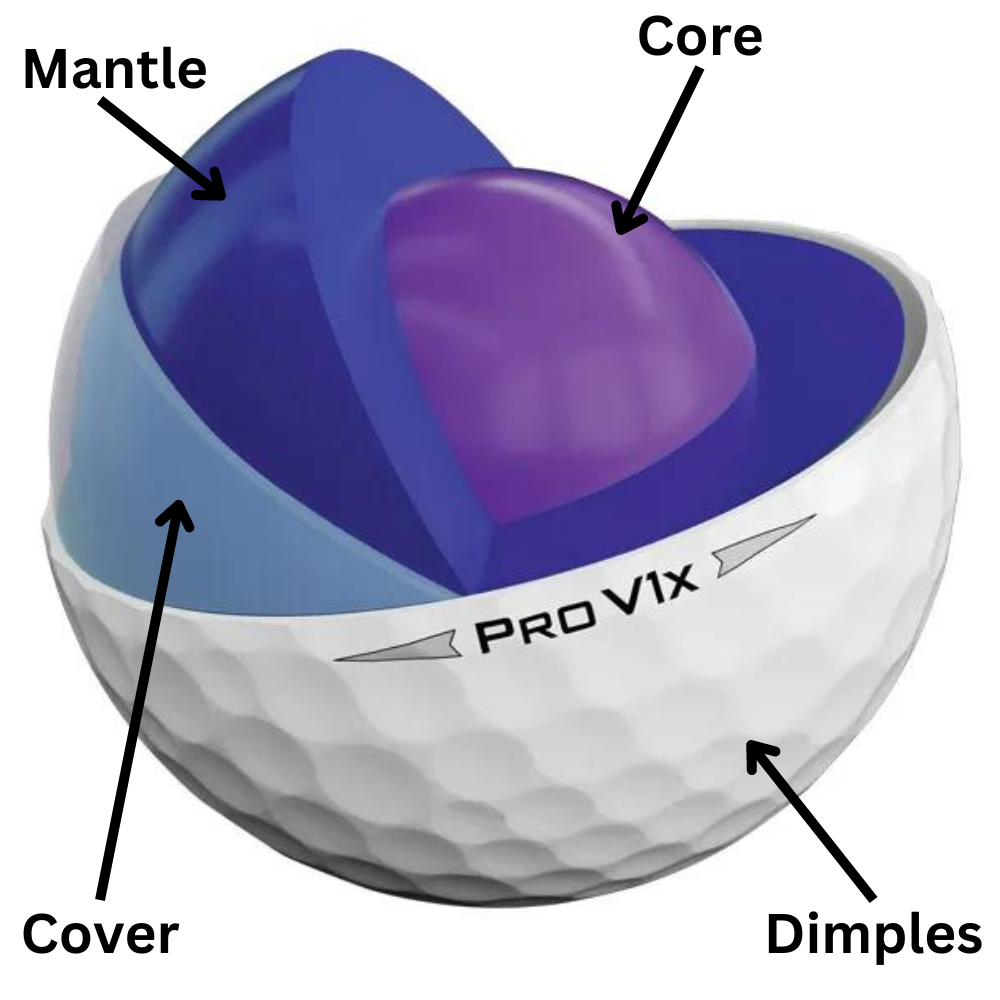
The Mantle Layers (Performance Tuners)
Picture a golf ball like an onion – there’s more to it than just the core!
Surrounding that center are layers called the mantle.
This is where golf ball manufacturers can get really creative to make different types of modern balls.
It’s All About the Layers
Think of an experienced ball maker like a chef crafting the perfect recipe.
Some round balls have one mantle layer; others have two or even three!
These layers are usually made of special plastics and rubbers chosen for their unique properties.
Spin Control Central
The thickness and materials of the mantle layers change how the ball reacts to your golf club.
A thicker mantle usually means less spin, which helps the ball fly straighter.
Thinner layers mean more spin, which is great for experienced players who want to curve their shots or get the ball to stop quickly on the green.
Customization is Key
High-end golf balls can even have four-piece construction – the core, a couple of mantle layers, and the outer cover!
It’s like a super-powered golf ball sandwich.
This lets manufacturers fine-tune the ball flight for distance, spin, and that satisfying feel when you hit it just right.
The Outer Cover (Durability and Control)
The outermost layer of a modern golf ball is its cover, like the skin protecting all the cool stuff inside.
The cover material plays a huge role in how the ball feels when you hit it and how much it spins.
Let’s break it down!
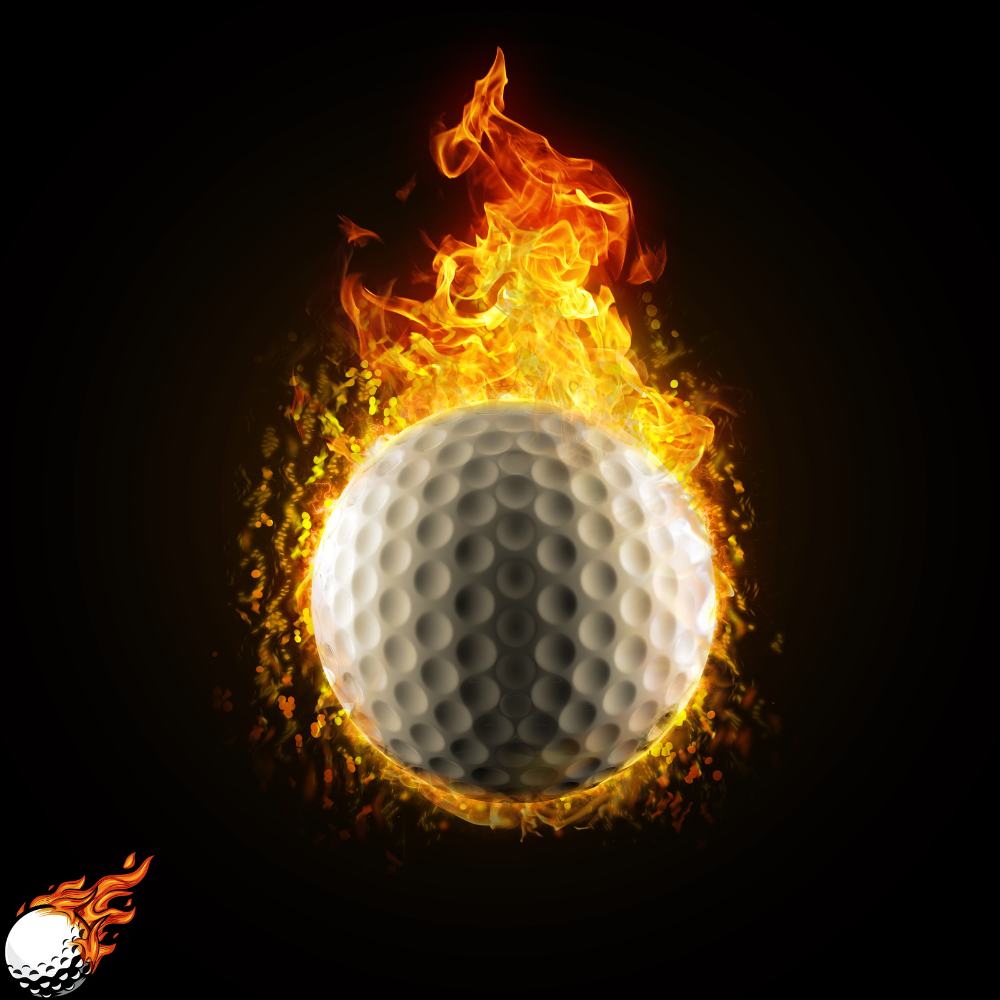
Urethane: Soft and Spinny
Think of urethane as a soft, squishy cushion.
Many high-end golf balls use urethane covers because this material grips the grooves on your golf club really well.
That means lots of spin, which is perfect for controlling the ball around the green.
The downside? Urethane isn’t super tough, so these balls can get scuffed up more easily.
Surlyn: Tough and Long
Surlyn is like a hard plastic shell.
It’s the classic cover material on a lot of distance-focused golf balls.
Surlyn is seriously durable so that you won’t lose balls to every little scratch.
But, since it’s harder, you get less spin, making it a bit trickier to control your shots up close.
It’s a trade-off!
Picking the right cover is all about balancing what you need most.
Want maximum control and spin?
You can go for a soft urethane cover.
Need balls that last a long time and fly far? Surlyn is your best bet. Technology is always changing, and manufacturers keep experimenting with new blends and materials for even better performance!
Dimples – The Magic of Flight
Ever look closely at a golf ball and wonder why it’s covered in tiny dents?
Those aren’t just for looks – those little dimples are what makes a golf ball fly far and true!
Dimples vs. Smooth
Imagine throwing a perfectly smooth ball.
It wouldn’t go very far, right?
That’s because a smooth surface creates a mess of swirling air behind it, slowing it down. Dimples change the game completely!

The Science of Swirl
Dimples create a thin layer of swirling air that clings to the ball as it flies.
That swirl actually reduces drag, making the ball cut through the air more easily.
It’s like giving the ball a little boost with every swing! Plus, dimples help create lift, so the ball stays airborne longer.
Pattern Matters
Not all dimple patterns are the same.
Golf ball manufacturers conduct extensive research to determine the best number, size, and shape of dimples for each ball.
Some patterns help the ball fly higher; others reduce side spin to keep your shots straighter.
Dimples for the Win!
So, the next time you’re in the driving range, take a moment to appreciate those tiny dents.
Without dimples, golf would be a much harder game!
Manufacturing (Putting It All Together)
Making a modern golf ball is like baking a super complicated cake.
It takes special ingredients, precision, and a whole lot of technology!
Here’s the basic rundown…
- The Mighty Core: It all starts with forming the core. Manufacturers often melt and inject rubber materials into a mold to create that bouncy center. For some balls, the core might even be liquid-filled!
- Layering Up: Next come the mantle layers. These are added like frosting, wrapping around the core, and shaping the ball’s performance.
- Cover Time: The cover material, whether soft urethane or tough Surlyn, gets carefully applied and molded to the ball.
- Dimple Power: Now for the magic touch! The ball is stamped with a mold that creates the perfect dimple pattern for the desired flight characteristics.
- Finishing Touches: The ball gets painted with its bright white color (or other fun colors!), and the brand logos and markings are added.
Quality Check
Golf ball manufacturers aren’t messing around!
Every ball undergoes serious testing to ensure it’s perfectly round, has the right weight, and performs as designed. It’s a lot of work to make those little dimpled wonders!
Conclusion

Whoa, who knew there was so much science packed into that little white ball?
From the power of the core to the magic of dimples, golf balls are way more complex than they look!
Here’s the big takeaway…
- The right ball matters: Picking a ball that suits your game can seriously improve your scores. Need more ball’s spin for control? Look for softer covers and a multi-piece design. Want maximum distance off the tee? Thicker covers and harder cores are your friends.
- Experiment and have fun: Don’t be afraid to try out different types of balls! Each brand and model has its unique design. Hit a few balls at the range and see how they feel and fly. You might be surprised at the difference the right ball can make in your ball games.
So, the next time you step up to the tee, take a second to appreciate the amazing technology in your hand. It’s more than just a round ball – it’s a tool for playing your best golf!
Frequently Asked Questions
What’s the best type of golf ball for beginners?
Beginners should look for balls with a durable Surlyn cover and a two-piece construction. These offer great distance and forgiveness on mis-hits, and they’re usually more affordable.
Do more dimples mean a better golf ball?
Not necessarily! The number, size, and pattern of dimples are designed for specific ball flight characteristics. More dimples sometimes equal better performance.
Why are some golf balls so expensive?
High-end balls usually have more layers (3-piece, 4-piece construction) and use softer urethane covers. This gives experienced golfers more control and spin but comes with a higher price tag.
Are all golf balls the same size?
Yes! According to official rules, golf balls must have a specific size and weight. This ensures fair play and consistent performance.
How do I clean my golf balls?
Use warm water and a mild dish soap to scrub away dirt and grass. Could you let them air dry completely before your next round?


